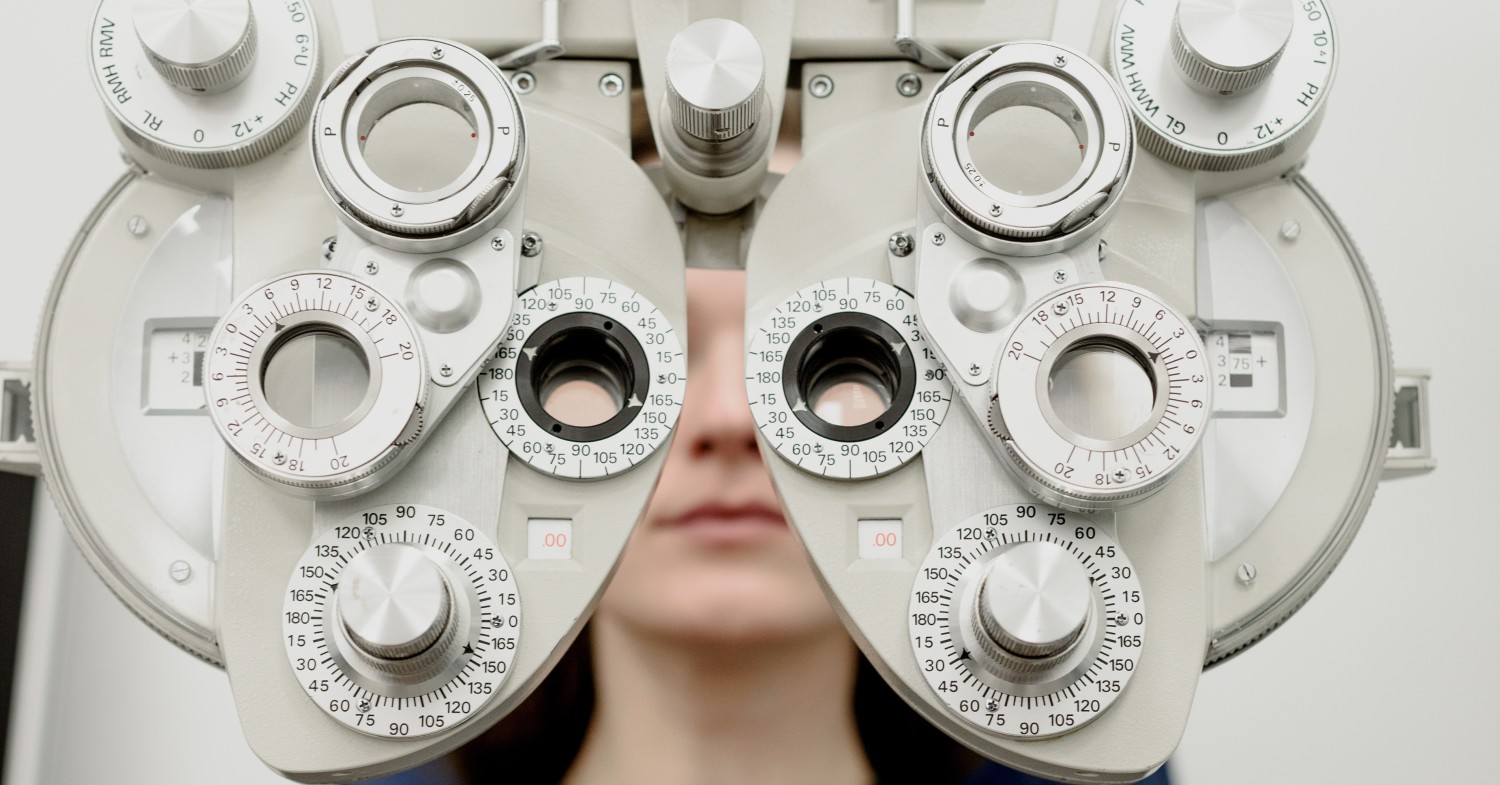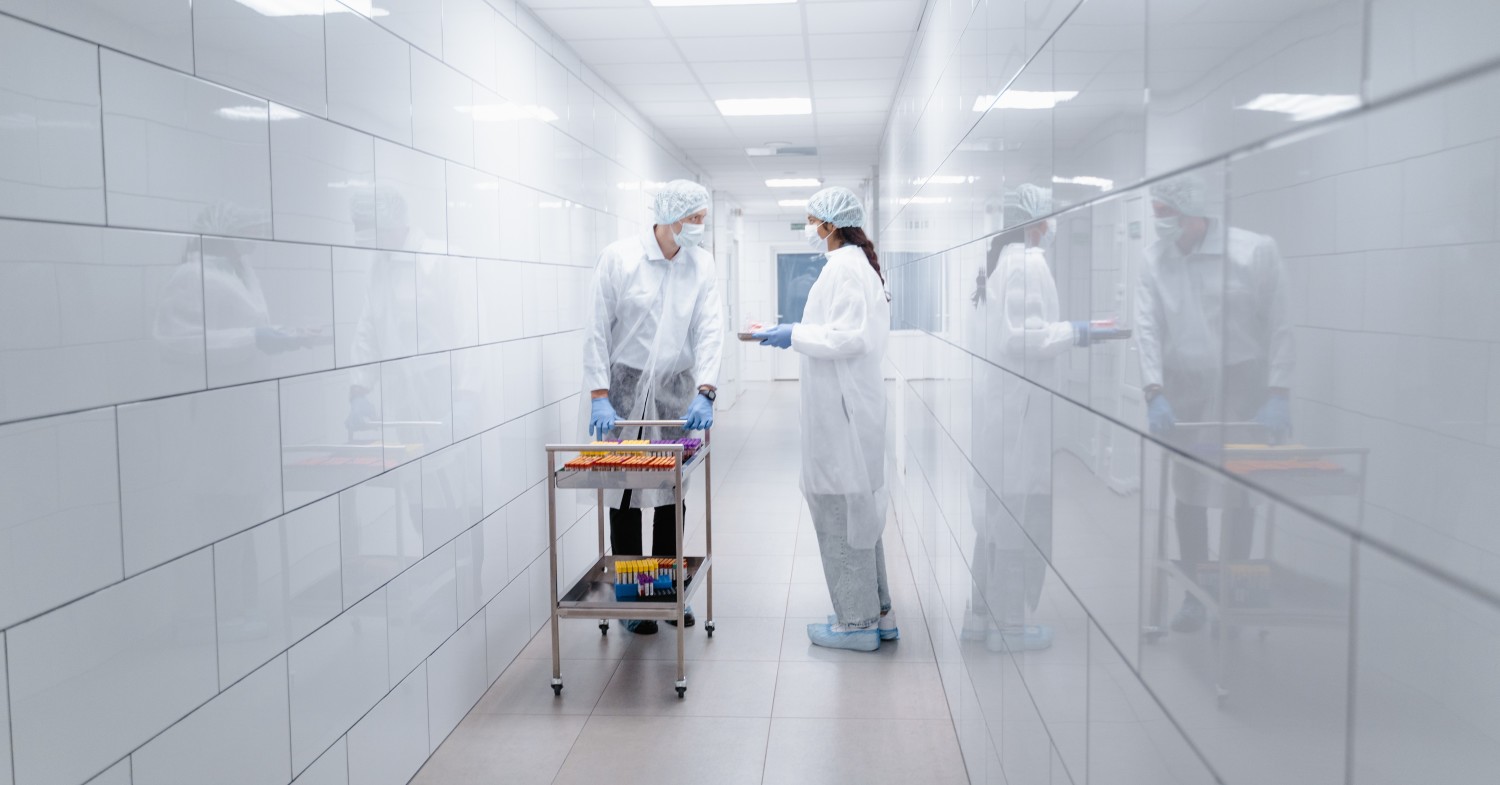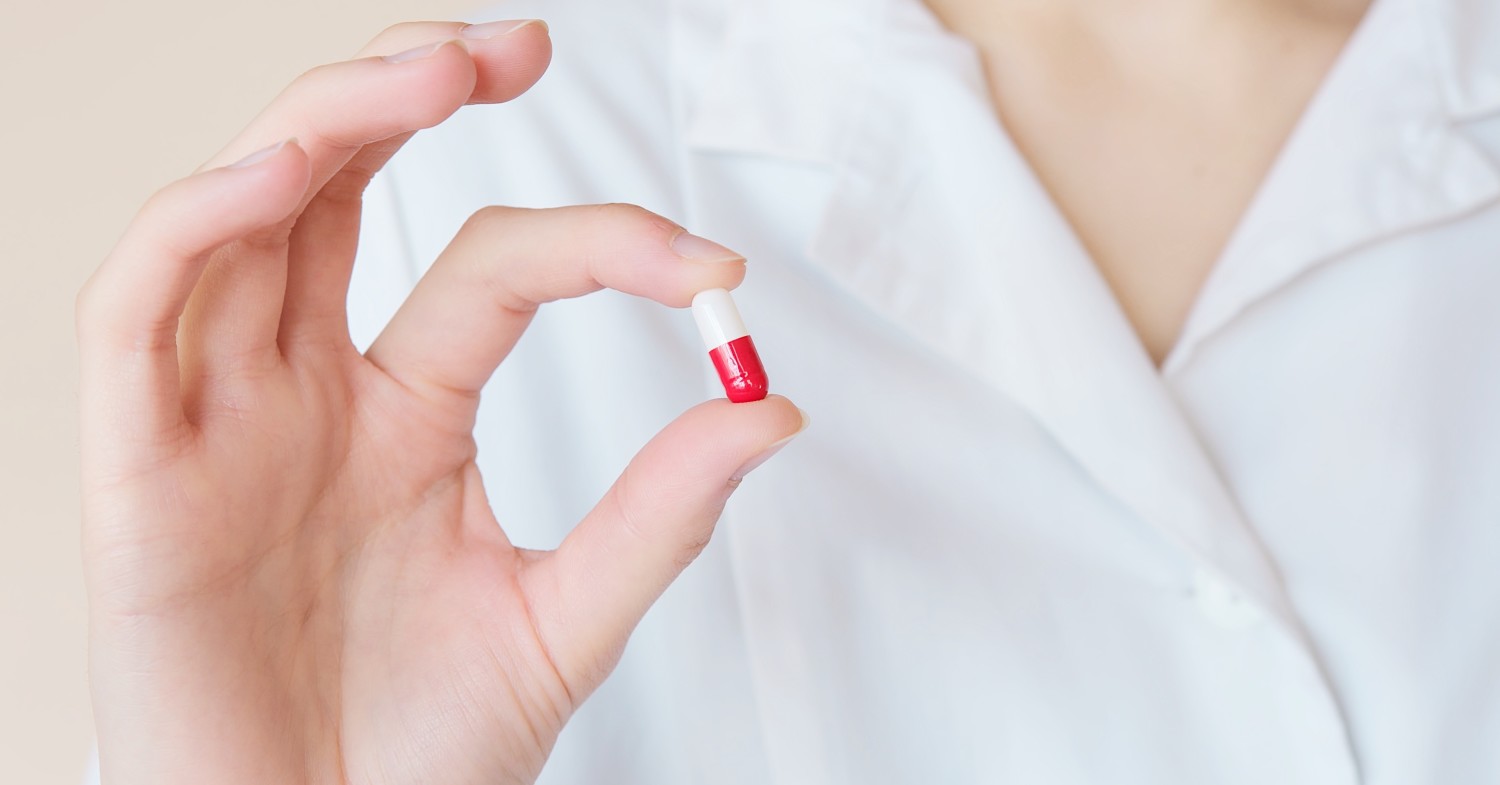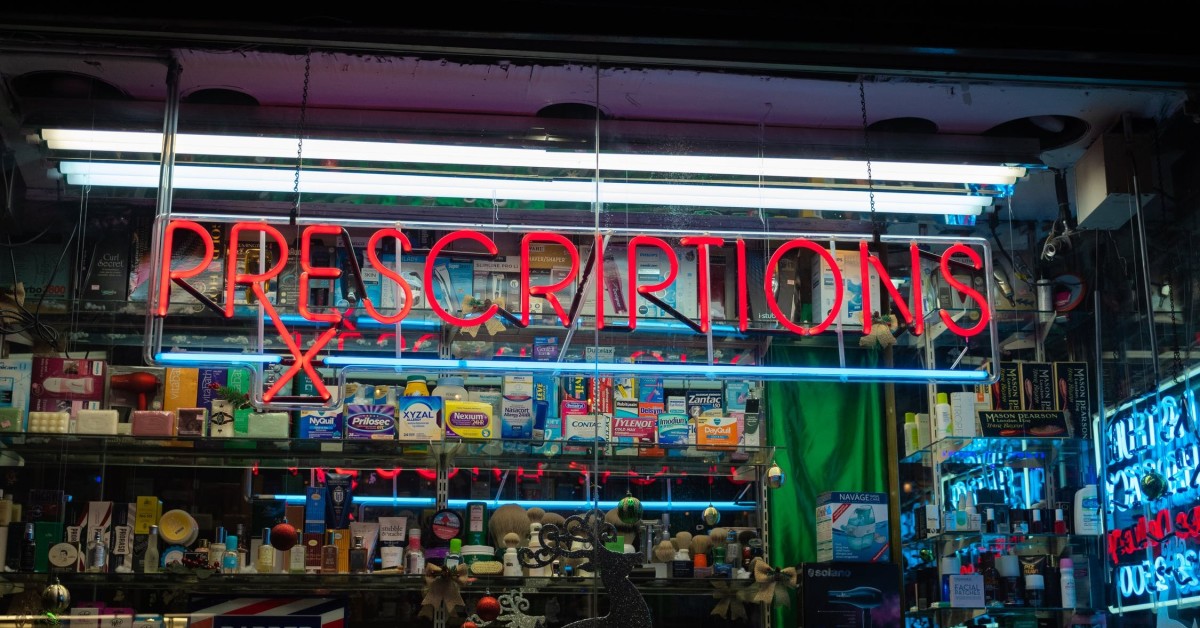
How Many Years Does It Take to Become an Optometrist?
Earning a Doctor of Optometry typically takes four years, although [...]

The demand for pharmacy services in the United States has never been greater. Americans take more and more varied medications than ever: a Lowin Institute report indictates that the number of prescriptions to the elderly has tripled over the last 20 years (at a time when the elderly population has rapidly expanded).
Pharmaceutics offers many promising career paths, even as the US Bureau of Labor Statistics (BLS) projects a slightly decreasing demand for pharmacists in coming years (somewhat mitigating that forecast, the BLS also predicts approximately 11,500 pharmacy job openings annually resulting from retirements and attrition). Patients will continue to need new and existing medications, meaning that the healthcare field will continue leaning on those with a pharmacy background as healthcare professionals, regulators, drug developers, and more.
In this article, we discuss you can expect during a day in the life of a pharmacist and other essential information for aspiring pharmacists, including:
Pharmaceutical careers are many and varied. This section addresses two common types of pharmacy careers.
The popularity of community pharmacists may be declining as pharmacy technicians and online pharmacy outfits take on more responsibility for providing basic pharmacy services, but it remains the dominant job title in this profession. The American Association of Colleges of Pharmacy (AACP) states that 45 percent of pharmacists work in community settings. Additionally, pharmacists in different healthcare settings—hospitals, nursing homes, and managed care centers, for example—perform many of these job functions on a daily basis. All told, these professional account for roughly two-thirds of all working pharmacists.
The typical day for a community pharmacist includes filling prescriptions for a patient’s medication and refills, administering vaccinations, and, in some instances, compounding medications. These professionals typically work at drug stores, such as CVS or Walgreens. Some have their own pharmacy practice, which may include house calls to older patients. Beyond prescriptions, community pharmacists work with patients to discuss things like their prescribed medication’s common side effects and potential drug interactions.
Doctor of Pharmacy (PharmD) holders may become drug regulators, though you’ll likely need to complete a fellowship after pharmacy school to qualify for this career. You’ll typically work for the government or a private company.
Regulation is a massive field, meaning you’ll likely focus on a single area. According to a video on the FocusRX channel, PharmDs can specialize in advertising, drug labeling, CMC (chemistry, manufacturing, and control), strategy, and medical writing.
At private companies, officials ensure that the manufacturing, testing, and sale of drugs and medical devices meet government regulations. You need to be on top of things through each stage of the new medicine production process, including multiple clinical trials. Plus, you need to keep up with regulatory changes and international law in each country where the drug may be distributed.
The day-to-day tasks of these officials depend on position and specialty. Responsibilities for a regulatory affairs manager at Capsule, an online pharmacy service, include managing a regulatory team, communicating with the appropriate agencies, and troubleshooting potential regulatory issues. The job requires extensive communication and working in concert with several different stakeholders.
One essential step to becoming a pharmacist is earning your PharmD, the terminal degree required to become a practicing pharmacist, from an accredited program. The ultimate goal of a PharmD program is to prepare you to sit for the North American Pharmacist Licensure Examination (NAPLEX). A passing score on the NAPLEX means you can practice in most states (Florida and Pennsylvania require additional certification).
Instead of jumping right into a career, graduates may pursue further education through a residency or fellowship. A residency can help you specialize in a clinical pharmacy area, while a fellowship is more research-focused. If you’re drawn to research, consider pursuing a PhD, which is academically focused.
Though PharmD programs vary, looking at top programs provides a good generalized picture of what degree candidates can expect. This section explores the general Doctor of Pharmacy framework.
Pursuing a PharmD requires many qualities. One of the most important is dedication, both to patients and rigorous academics. Proficiency in biology and chemistry is also critical.
PharmD programs traditionally last four years, but there’s flexibility. At Butler University, full-time students can complete the program in three years, while part-time students may take as many as six.
Relevant work experience can help support any graduate school application. That’s especially true for Doctor of Pharmacy programs. University of Minnesota – Duluth looks at pharmacy and healthcare experience as a whole. This could include shadowing a healthcare provider or pharmacist, working as a technician, or even non-patient-focused work. Undergraduate research can also help you qualify for this program. Finally, admissions personnel examine non-healthcare and volunteer work and extracurriculars.
Minnesota, like University of North Carolina at Chapel Hill, invites those without a bachelor’s degree to submit an application (usually, these candidates have completed a few years at a community college). Such applicants may need to fulfill additional prerequisite coursework in chemistry, biology, anatomy, and calculus.
Other typical admissions requirements include a resume, transcripts, letters of recommendation, and a personal essay. The standardized test for pharmacy programs is the Pharmacy College Admissions Test (PCAT), but schools are relaxing their rules. Many are transitioning to test-optional policies. The University of Florida encourages students to take the exam and submit their scores only if they have deficiencies in other areas of their application.
All programs offer a mix of in-class coursework, labs, and practical experience, which you’ll gain through working at a pharmacy. How much of each depends on the program. For instance, UNC students begin working with pharmacists after their first year of foundational courses, which include Molecular Foundations of Drug and Action and Foundations of Patient Care. Other degree-conferring institutions may save work experience for the final year.
Some programs offer specialization opportunities, while others enable students to develop unofficial specializations through elective courses. The University of Florida’s electives are designed “to allow pharmacy students to broaden their pharmacy knowledge in content areas that are not covered or those that are covered in less depth in required pharmacy courses.”
You may also specialize with projects. At the University of California – San Francisco, expert faculty lead final-year students in projects to improve their knowledge in a selected area of pharmaceuticals.
Any PharmD program accredited by the
Accredidation Council for Pharmacy Education (ACPE) should meet a high standard of educational quality. According to US News & World Report, the nation’s top PharmD programs include the following.
According to the program website, “The UF College of Pharmacy has led the nation in students matching into competitive pharmacy residency programs during five of the last six years.” Students have access to top-tier research opportunities and professors, plus an alumni network of around 14,000 professionals. You’ll have many opportunities to work within the extensive university healthcare system and help patients alongside students in other UF healthcare tracks.
According to the University of Michigan website, this “program is broad enough to offer extensive opportunities that lead to careers in health systems, community pharmacy, pharmaceutical companies, government and other public sector jobs, as well as careers in the academic world.” Students can complete multi-year research projects and take classes with other healthcare students, including nurses, doctors, and social workers. A vast majority—around 95 percent—of graduates who take the NAPLEX exam pass on the first attempt.
Students can choose from two campuses—Twin Cities or Duluth. In addition to being the third-ranked program in the country, it’s the only one in the state. Graduates average starting salaries of $109,000 if they pursue a career right away, and their job placement rate is 97.5 percent within six months. More than half of graduates decide to pursue a residency instead of launching their careers immediately.
The number of online PharmD options is increasing. Here’s what you can expect from two excellent programs:
Butler University launches its hypbrid Doctor of Pharamcy program in the Fall of 2022. This full-time, four-year program will include three campus immersions in Indianapolis; otherwise, the program can be completed remotely. US News & World Report ranks Butler’s on-campus PharmD program among the nation’s top 50.
In this distance learning pathway, you’ll take synchronous classes and communicate with classmates and professors daily through email and discussion boards. It’s hard for a PharmD program to be completely online, considering how much lab work you’ll need to do. At Creighton, labs convene on campus over the summer. Clinical rotations are more convenient; they take place in your area.
As in in-person programs, Saint John Fisher students have access “to education with clinical rotations and medical outreach opportunities.” They complete on-campus immersions and get clinical experience locally. As a Catholic institution, Saint John Fisher is service-oriented, so you’ll have many opportunities to help others in and outside the pharmacy program.
Though retail pharmacist positions may be the most common in this field, they’re not the highest paying. According to the BLS, retail pharmacists earn a median annual income of $125,740. The top-paying industry position is for clinical pharmacists in ambulatory healthcare services ($137,820). Hospital pharmacists (who work at state, local, and private facilities) and food and beverage stores are the next-best paid, earning $131,290 and $131,200 respectively.
Private companies offer many of the top pharmaceutical jobs, including medical science liaison. These professionals combine business and science to help bring drugs to market. They earn an average base salary of $157,092, according to Glassdoor.
At a federal level, pharmacists engage in the regulation and manufacturing of prescription drugs. The average pay for a federal pharmacist is $129,665.00.
(Last Updated on February 26, 2024)
Questions or feedback? Email editor@noodle.com

Earning a Doctor of Optometry typically takes four years, although [...]

In inpatient healthcare settings, hospital pharmacists help provide quality patient [...]

To become a pharmacist, you need to earn a Doctor [...]

All accredited Doctor of Pharmacy (PharmD) programs prepare their students [...]

Whether you dream of working behind the pharmacy counter at [...]
Categorized as: General Education, Medicine, Nursing & Healthcare